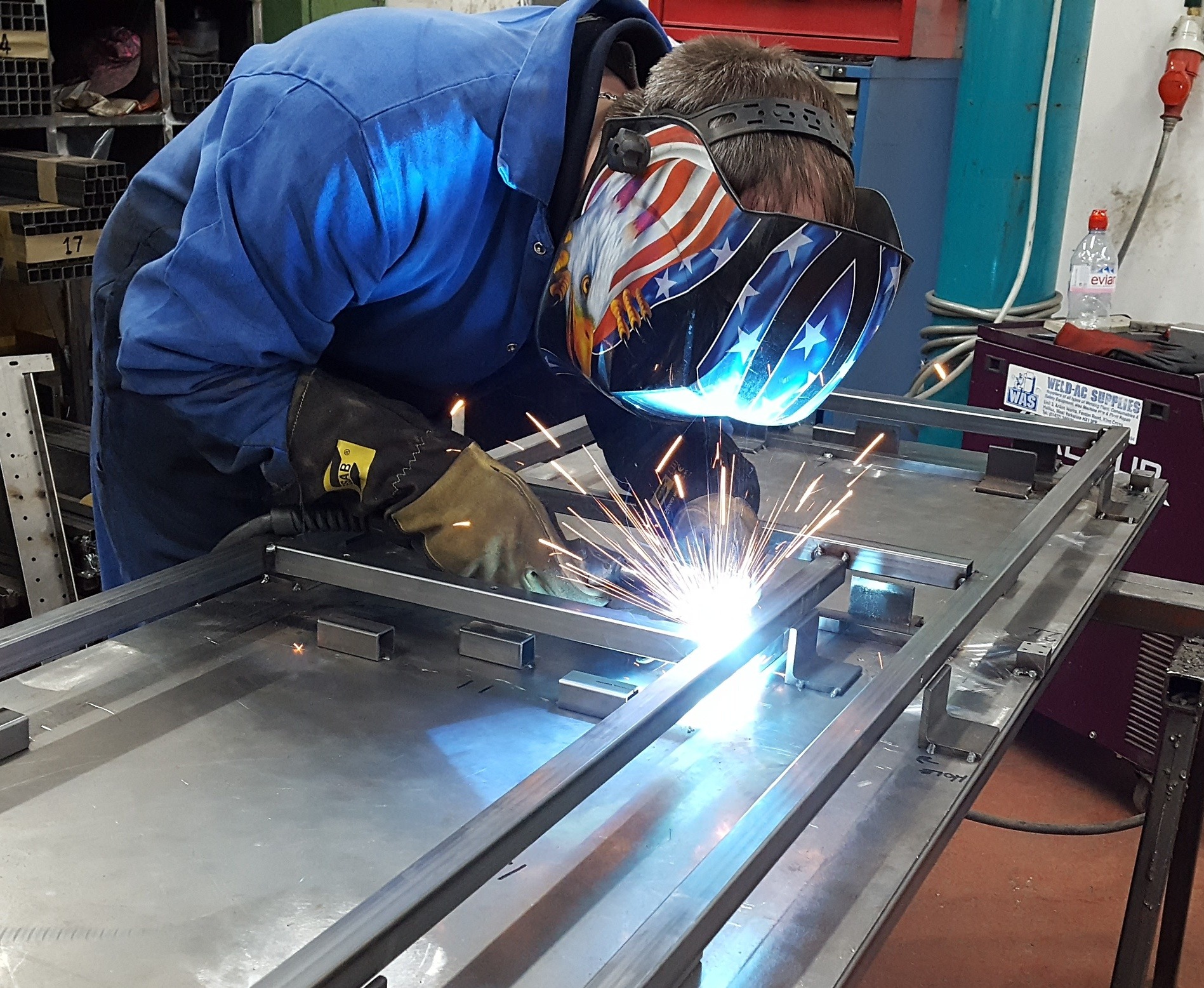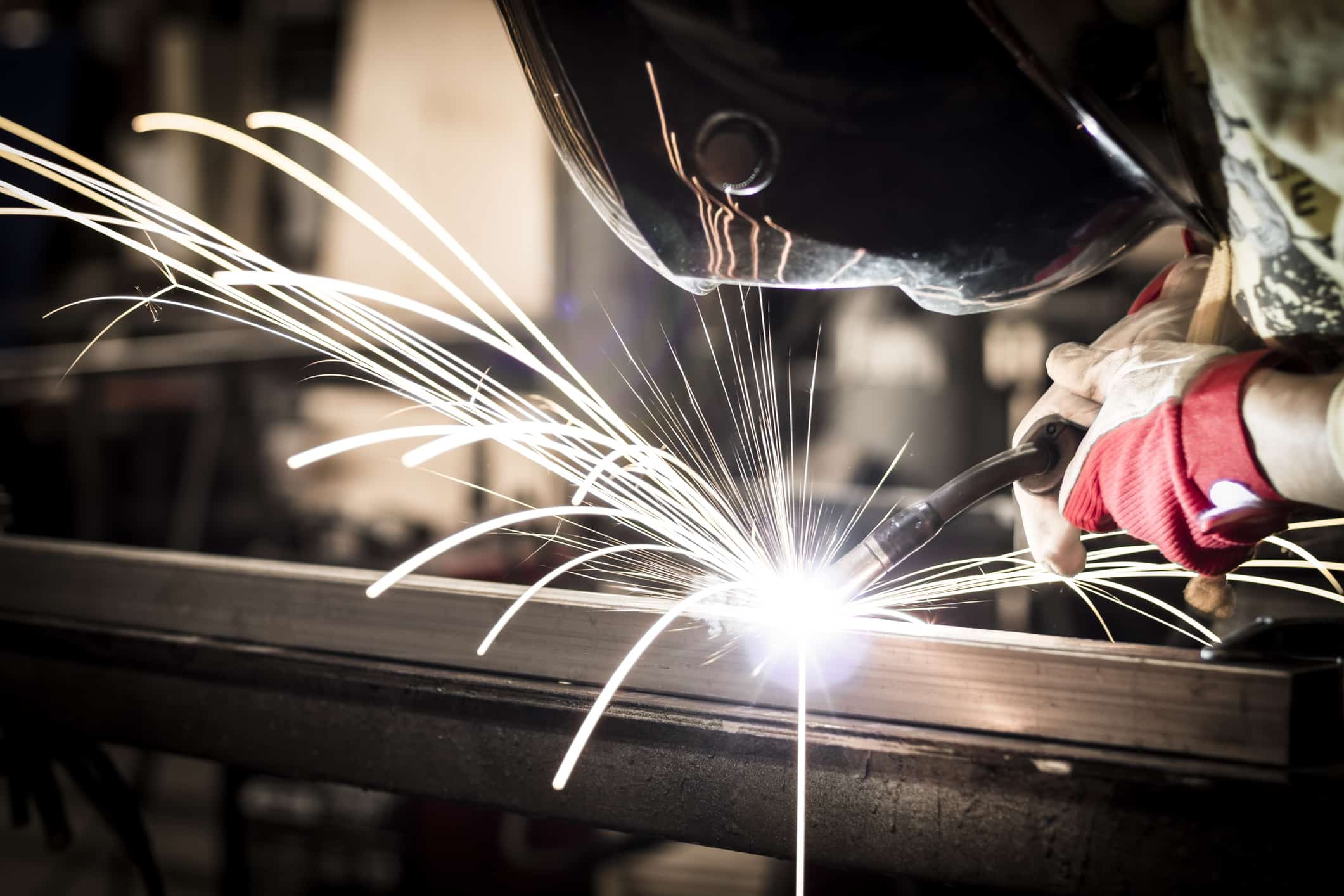Typical Welding Repair Issues and Exactly How to Address Them Properly
Welding fixings typically come across an array of concerns that can jeopardize the honesty of the final product. Typical troubles consist of poor infiltration, porosity, and misalignment, to name a few. Each defect presents distinct obstacles that call for certain strategies for resolution. Recognizing these problems is important for welders aiming to enhance their abilities and results. This discussion will certainly check out these common welding repair work issues and effective approaches to address them.
Inadequate Infiltration
Insufficient infiltration takes place when the weld metal fails to completely fuse with the base product, resulting in weak joints and potential structural failures. This problem typically stems from inadequate warmth input, inaccurate electrode angle, or incorrect welding rate. Welders may encounter inadequate infiltration as a result of a miscalculation of the required parameters for a particular product density or kind. Additionally, contamination on the base material's surface can impede effective bonding, exacerbating the problem. To deal with insufficient infiltration, welders need to assure proper settings on their equipment and maintain a clean work surface. Normal inspection of welds is suggested to determine any deficiencies early, permitting timely modifications and the prevention of endangered architectural stability in welded settings up.
Porosity
Porosity is an usual defect in welded joints that manifests as little gas bubbles entraped within the weld metal. This flaw can compromise the integrity of the weld, resulting in reduced stamina and prospective failing under anxiety. Montana Mobile Welding and Repair Welding. Porosity commonly emerges from contamination, wetness, or improper welding methods, which allow gases to run away into the molten weld swimming pool. To resolve porosity, welders should assure appropriate surface area preparation, preserve a tidy workplace, and use suitable welding parameters. Additionally, picking the best filler material and protecting gas can minimize gas entrapment. Normal assessment and screening of welds can help recognize porosity early, guaranteeing prompt rehabilitative actions are taken, consequently maintaining the quality and dependability of the bonded structure
Misalignment
Imbalance in welding can occur from numerous aspects, including inappropriate setup and thermal growth. Comprehending the source is important for effective resolution. Numerous correction techniques are readily available to straighten elements and guarantee architectural honesty.
Reasons of Imbalance
Welding misalignment commonly comes from a variety of underlying issues that can jeopardize structural honesty. One main reason is incorrect fit-up of parts before welding, which can cause gaps and irregular surfaces. Variants in thermal development throughout the welding procedure can likewise cause distortion, particularly if the products being signed up with have different coefficients of expansion. Additionally, inadequate clamping and fixturing might fall short to hold parts firmly in area, causing movement throughout welding. Badly kept tools, consisting of welding makers and devices, may introduce incongruities in the weld bead, additional adding to imbalance. Driver mistake, stemming from inadequate training or experience, can likewise play a significant duty in creating misaligned welds.

Adjustment Techniques Offered
Attending to misalignment successfully requires a mix of corrective methods tailored to the certain problems at hand. One usual technique is the usage of jigs or fixtures to hold elements in the right position during welding, making sure consistent alignment. Furthermore, preheating the materials can help in reducing distortion and boost fit-up. For considerable imbalance, mechanical adjustment strategies, such as making use of hydraulic jacks or clamps, can be utilized to correct the placement before welding. Post-weld warmth treatment might likewise be needed to eliminate stresses brought on by imbalance. Ultimately, cautious examination and modification during the configuration phase can avoid misalignment concerns from coming to be considerable problems, advertising a smoother welding process and boosting overall structural integrity.
Distortion
Distortion is a typical challenge in welding that can emerge from numerous aspects, including unequal cooling and heating. Understanding the sources of distortion is crucial for implementing reliable prevention techniques. Addressing this issue not only enhances structural stability but also improves the total quality of the weld.
Reasons for Distortion
When subjected to the intense warmth of welding, products typically undertake adjustments that can bring about distortion. This sensation primarily arises from thermal development and contraction throughout the welding procedure. As the weld location warms up, the material expands; upon cooling, it acquires, which can produce interior anxieties. In enhancement, irregular home heating throughout a work surface can intensify these stresses, causing warping or flexing. The sort of material additionally plays a considerable function; metals with differing thermal conductivity and coefficients of expansion may react in a different way, causing unpredictable distortions. Inadequate joint design and inadequate fixturing can contribute to misalignment during welding, boosting the probability of distortion. Comprehending these reasons is crucial for effective welding fixing and avoidance techniques.
Prevention Techniques
Effective prevention strategies for distortion throughout welding emphasis on regulating heat input and making sure proper joint design. Keeping a consistent warm input helps to decrease thermal development and contraction, which can result in distortion. Utilizing methods such as pre-heating the work surface can likewise lower the temperature level gradient, advertising consistent home heating. In addition, selecting appropriate joint styles, such as T-joints or lap joints, can boost security and lower stress concentrations. Carrying out correct fixturing to secure the workpieces in position better help in maintaining placement during the welding process. Lastly, staggered welding sequences can distribute warm a lot more evenly, stopping local distortion. By using these strategies, welders can substantially lower the probability of distortion and improve the total high quality of their welds.
Fracturing
Cracking is a typical concern experienced in welding repair work, usually resulting from different factors such as inappropriate cooling prices, product choice, or poor joint preparation. The event of fractures can considerably jeopardize the integrity of the weld, causing potential failures throughout operation. To resolve this issue, welders must initially examine the origin, making certain that materials go to this site work and properly chosen for the specific application. Additionally, controlling the air conditioning price during the welding procedure is necessary; go to my site rapid air conditioning can induce stress and anxiety and result in cracking. Proper joint style and prep work likewise add to lessening the risk. Applying these methods can improve weld top quality and sturdiness, inevitably reducing the likelihood of breaking in ended up weldments.

Incomplete Fusion
A considerable issue in welding repairs is incomplete combination, which takes place when the weld steel does not sufficiently bond with the base material or previous weld passes - Montana Mobile Welding and Repair Belgrade. This defect can bring about weaknesses in the joint, possibly endangering the integrity of the bonded structure. Aspects adding to insufficient blend include insufficient warmth input, inappropriate welding strategy, and contamination of the surface areas being signed up with. To resolve this problem effectively, welders should assure correct pre-weld cleansing and surface area prep work, along with change their welding criteria to achieve adequate penetration and fusion. Normal assessment throughout the welding process can also assist recognize insufficient fusion early, permitting timely corrective actions to improve the total quality of the weld
Overheating
While welding fixings can improve structural honesty, overheating offers a substantial obstacle that can cause product destruction. Extreme warmth throughout welding can alter the mechanical buildings of metals, leading to minimized toughness, enhanced brittleness, and bending. This phenomenon is particularly important in high-stress applications where architectural integrity is paramount. Recognizing overheating can include aesthetic examinations for staining or distortion, as well as keeping an eye on temperature during the welding procedure. To alleviate the threats associated with getting too hot, welders need to use suitable techniques, such as controlling warmth input, adjusting travel speed, and using ideal filler products. Furthermore, applying pre- and website link post-weld warm therapies can assist bring back material properties and boost the overall quality of the repair service, making sure long-lasting performance and safety.
Regularly Asked Inquiries
What Are the Common Indicators of a Welding Issue?

Just How Can I Test My Welds for Quality?
To test welds for quality, one can utilize visual assessments, ultrasonic testing, and radiographic methods. Each technique guarantees structural stability, determines issues, and verifies adherence to specified criteria, ultimately enhancing the reliability of the bonded joints.
What Safety Preventative Measures Should I Take While Welding?
When welding, one need to focus on safety and security by putting on proper personal protective equipment, guaranteeing appropriate air flow, protecting combustible materials away, keeping a clean work area, and understanding surroundings to avoid crashes and injuries.
Can I Repair a Weld Without Redoing the Entire Joint?
Fixing a weld without redesigning the entire joint is feasible, relying on the damage (Belgrade). Methods such as grinding, adding filler material, or utilizing a welding procedure can properly deal with certain flaws while preserving the bordering structure
What Equipment Are Vital for Reliable Welding Repairs?
Crucial devices for reliable welding fixings consist of a welding machine, wire brush, grinder, safety gear, clamps, and filler products. Each device plays a crucial duty in making certain high quality and safety throughout the repair procedure. Porosity normally arises from contamination, wetness, or inappropriate welding strategies, which allow gases to get away into the molten weld swimming pool. Improperly kept equipment, consisting of welding machines and tools, might present variances in the weld grain, further adding to imbalance. When subjected to the intense heat of welding, products commonly undergo changes that can lead to distortion. Fracturing is a typical problem experienced in welding repair work, usually resulting from numerous variables such as inappropriate air conditioning rates, material selection, or inadequate joint preparation. A significant issue in welding fixings is insufficient fusion, which occurs when the weld steel does not properly bond with the base material or previous weld passes.